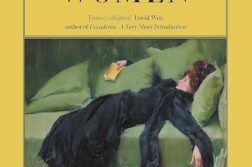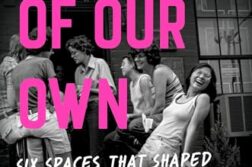 Letters from Langston: From the Harlem
Letters from Langston: From the Harlem
Renaissance to the Red Scare and Beyond
Edited by Evelyn Louise Crawford & MaryLouise Patterson
University of California Press. 440 pages, $27.95
THROUGHOUT his prolific career Langston Hughes addressed volatile issues of racism, poverty, and war. Letters from Langston: From the Harlem Renaissance to the Red Scare and Beyond displays the acclaimed poet’s socialist ideals and those of four likeminded friends with whom he corresponded from 1930 until his death in 1967 at age 65. The letters are held together by well-researched notes on black intellectuals’ battles for racial and economic justice, and they paint a vivid picture of the poet’s exuberant mind. Disappointingly, the collection offers little insight into Hughes’ life as an almost certainly gay man in a brutally right-wing era.







